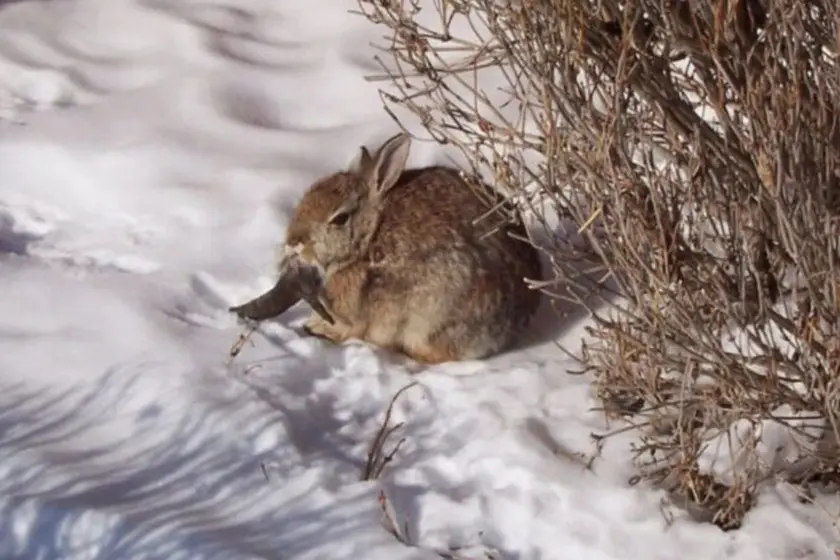T4K3.news
Zombie squirrels story
A wildlife disease story draws attention with dramatic visuals but relies on experts for accurate context.
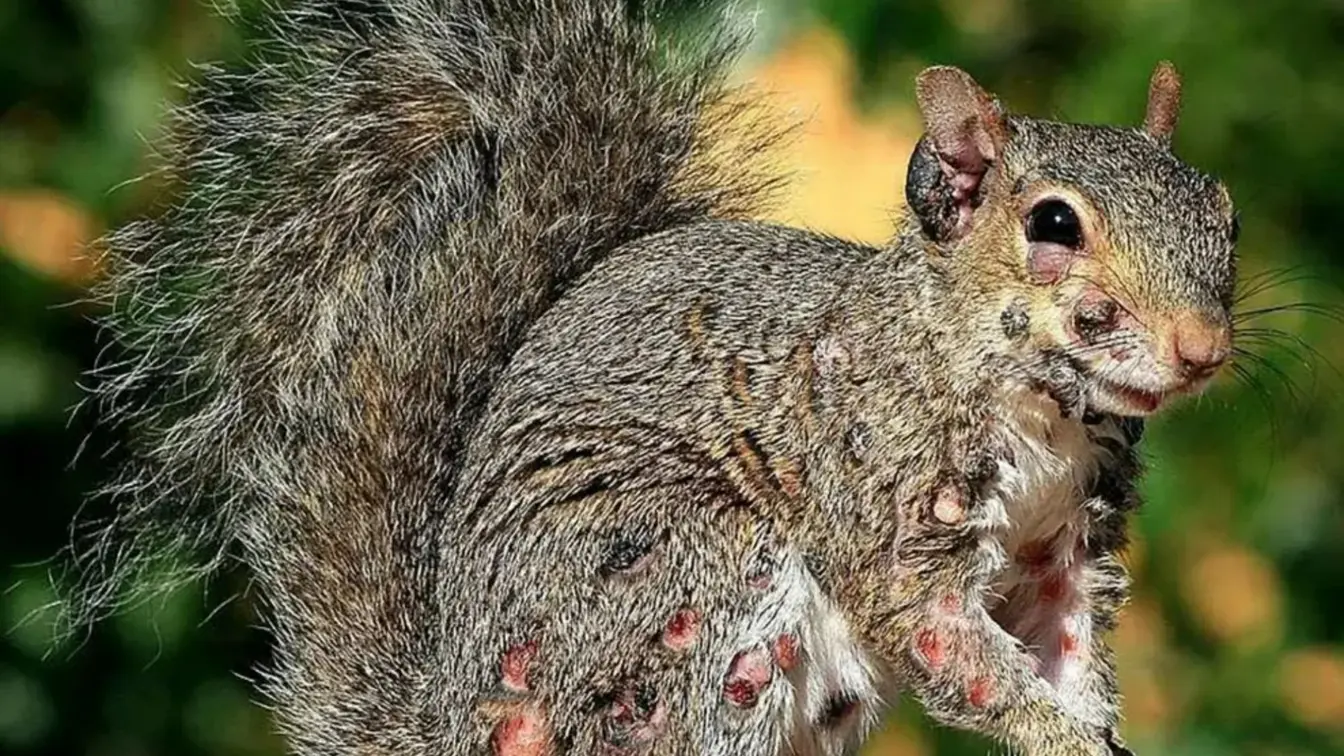
Editors analyze a sensational wildlife disease story and what it means for readers.
Zombie squirrels with pus-filled growths alarm homeowners
Homeowners in the United States and Canada report seeing diseased squirrels in backyards. The reports reference sightings dating back to 2023 in Maine and describe growths around the head and limbs that can burst and ooze fluid. Wildlife experts identify the condition as squirrel fibromatosis caused by leporipoxvirus, a disease that spreads through contact between infected and healthy animals. The disease is not known to affect humans or other species, and most cases heal on their own, though rare instances can affect internal organs and cause death.
Public health officials advise against handling infected animals. One official notes that the condition is naturally occurring and will run its course, and that attempting to capture an ill squirrel can be dangerous and counterproductive.
Key Takeaways
"I would not recommend trying to capture a squirrel that has the virus"
Webb cautions residents
"This is naturally occurring and will run its course in time"
Public health guidance
"At first I thought it was eating something from my front beds"
Reddit user comment referenced in coverage
"The virus cannot spread to humans or dogs"
Health advisory note
The framing of the story around “zombie” squirrels taps into popular fears and online astonishment. Yet the science behind the symptoms is specific and limited to a wildlife context. Reporters face a choice between sensational visuals and sober explanations about wildlife diseases and transmission. This piece illustrates how easy it is for a natural event to be misread as an outbreak when photos circulate widely.
Journalists should emphasize context, avoiding overreach while still explaining potential health and ecological implications. The key is to separate curiosity from accuracy and to warn readers about how misinformation spreads in social spaces.
Highlights
- I would not recommend trying to capture a squirrel that has the virus
- This is naturally occurring and will run its course in time
- At first I thought it was eating something from my front beds
- The virus cannot spread to humans or dogs
Public reaction risk from sensational wildlife disease coverage
The striking visuals and zombie framing risk spreading misinformation and causing unnecessary panic about wildlife diseases. Reporters should verify claims, provide clear scientific context, and guide readers to official sources.
Science helps us see the ordinary through a clear lens, not through fear.
Enjoyed this? Let your friends know!
Related News

Zombie Squirrels in Backyards

Squirrels with growths prompt wildlife health questions
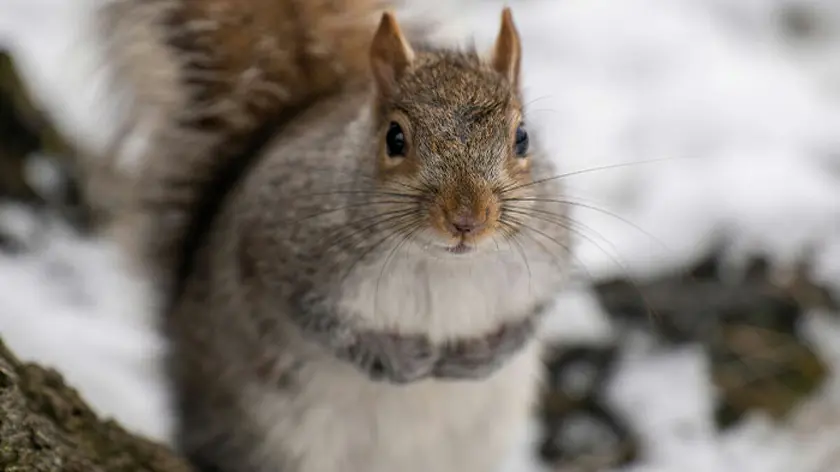
Squirrel pox in backyards
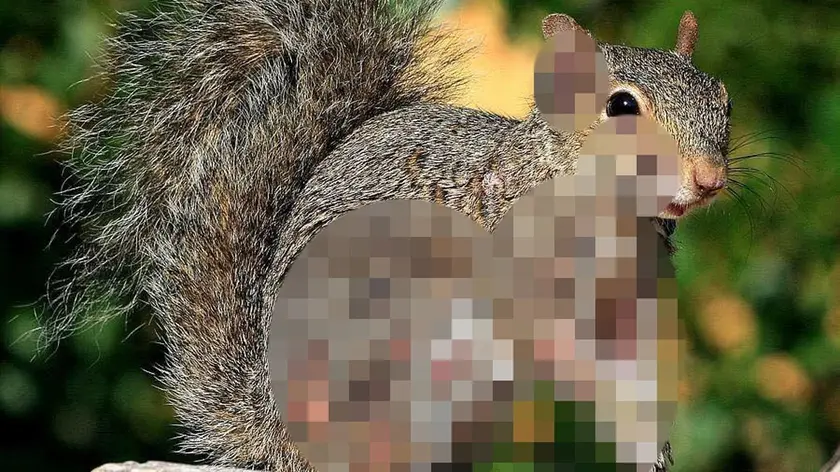
Squirrels with oozing lesions spotted in US backyards
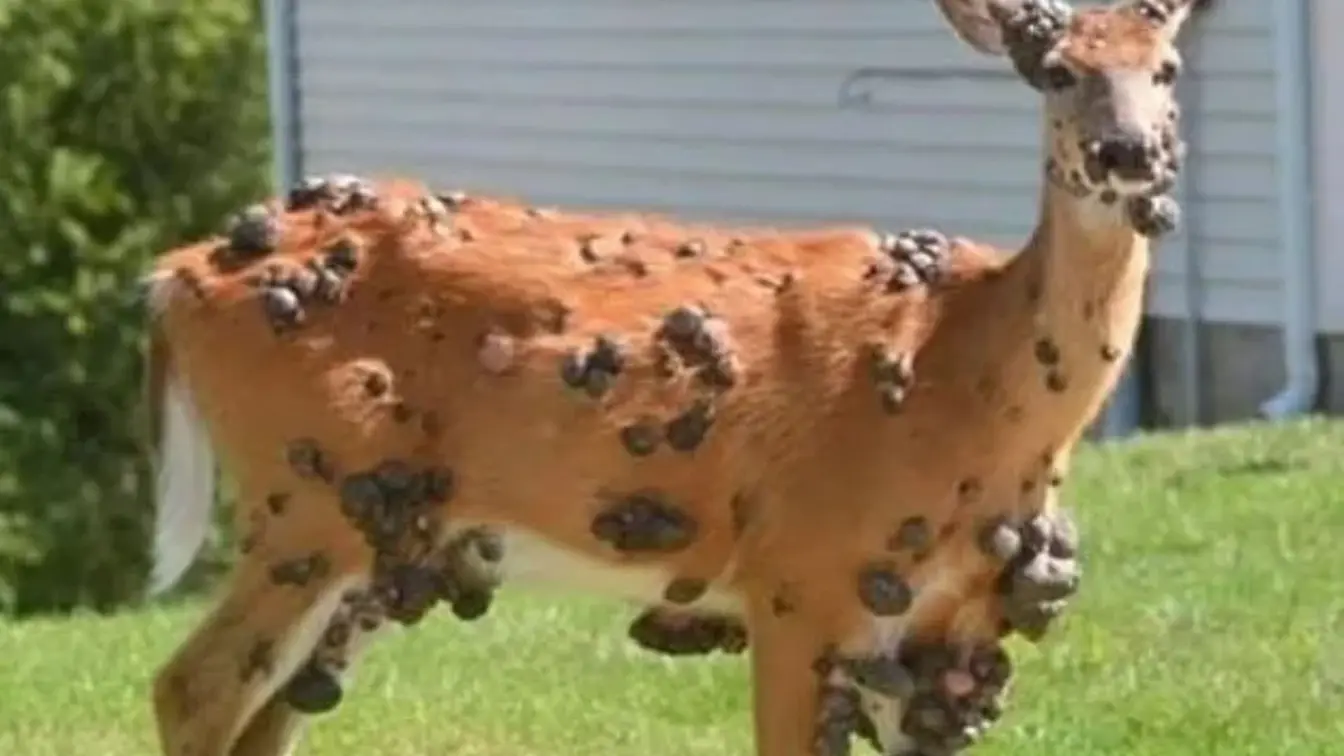
Wildlife lesions prompt official guidance

New insights from 28 Years Later
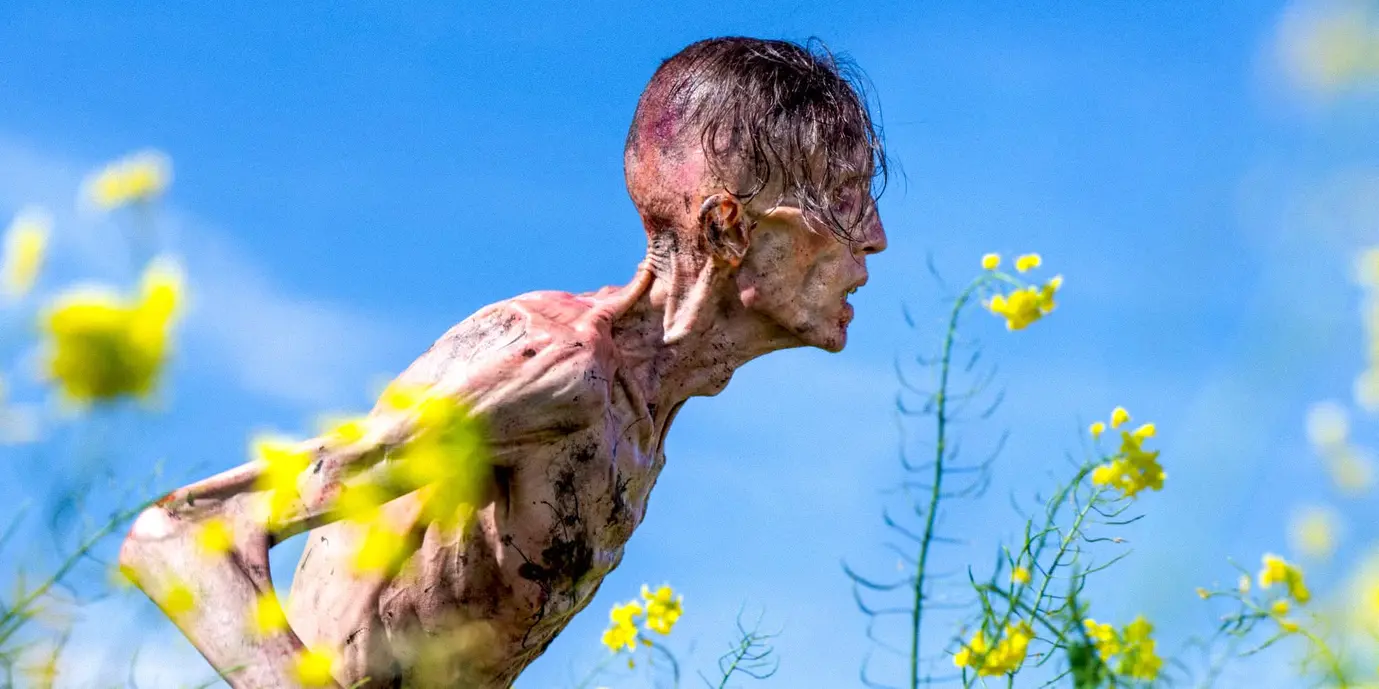
28 Years Later Tackles Relevant Issues in a Zombie Setting

28 Years Later confirmed to have no post-credits scene
